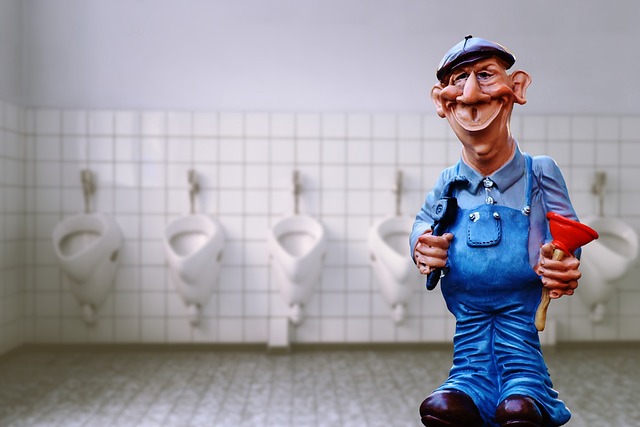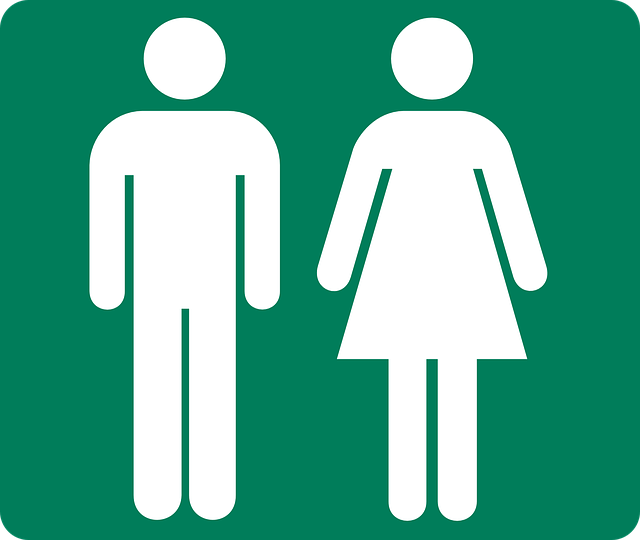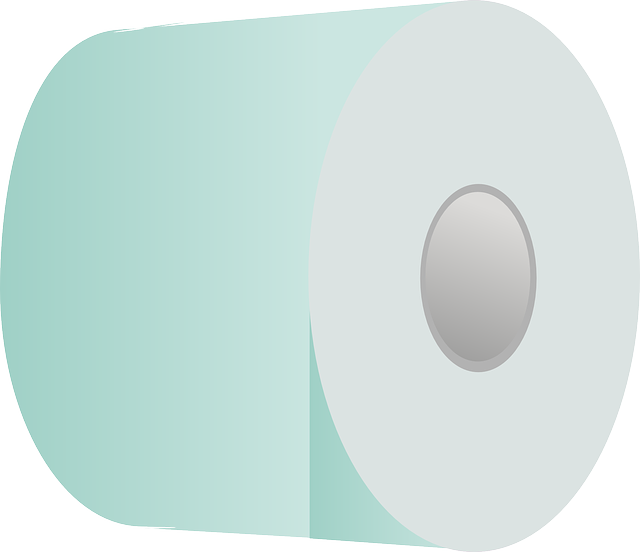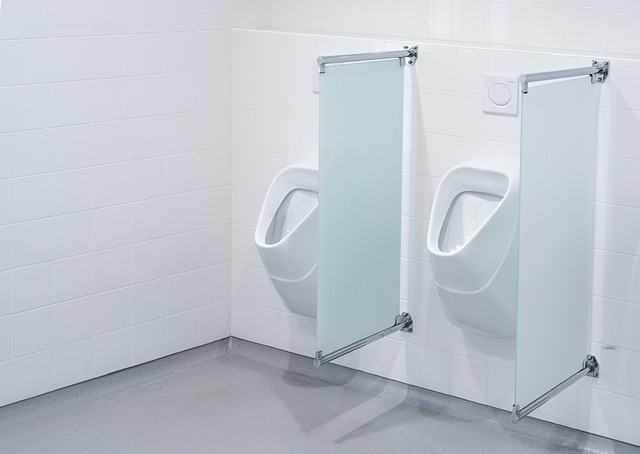Toilet clogs caused by improper waste disposal, hair buildup, hard water, and foreign objects can be prevented with regular maintenance like using drain catchers and avoiding non-flushable items. For persistent clogs, follow a step-by-step guide: first, pour ½ cup baking soda, then hot water to create a fizzing reaction; use a plunger to create suction; repeat if needed. If the toilet still won't flush, use a toilet snake. Proactively maintain a clog-free toilet with regular hot water flushing, drain covers, and avoiding non-biodegradable items; clean with baking soda and vinegar periodically; and get annual professional drain inspections.
Is your toilet constantly clogging, leaving you frustrated? Understanding the root cause is the first step to solving this common household dilemma. This article delves into the world of toilet clogs, exploring common causes and risk factors that lead to these annoying blockages. We provide immediate solutions with a step-by-step guide on how to unclog a toilet effectively. Additionally, discover long-term prevention strategies to maintain consistent toilet hygiene and bid farewell to persistent clogs.
- Understanding Toilet Clogging: Common Causes and Risk Factors
- Immediate Solutions: Step-by-Step Guide to Unclogging Your Toilet
- Long-Term Prevention Strategies for Consistent Toilet Hygiene
Understanding Toilet Clogging: Common Causes and Risk Factors

Toilet clogs can be frustrating and unhygienic, occurring due to various factors that range from simple everyday practices to structural issues. Understanding the common causes is the first step in preventing and resolving this problem. One of the primary reasons toilets clog is because of improper disposal of waste. Items like sanitary products, baby wipes, or even paper towels that are not designed for flushing can easily jam the drain, causing a blockage. This is especially true for older toilets with smaller drainage systems.
Other risk factors include a buildup of hair and other debris in the pipes over time, as well as hard water deposits that can harden and narrow the drain openings. If your home has a septic system, certain substances like grease, coffee grounds, and food scraps should never be flushed down the toilet, as they can disrupt the delicate balance of beneficial bacteria essential for proper sewage treatment. Regular maintenance, such as using drain catchers to prevent hair from building up, and avoiding overloading the toilet with foreign objects, are effective ways to minimize clogs. For more persistent issues, understanding how to unclog a toilet using tools like plungers or chemical drain cleaners can help restore smooth drainage in your bathroom.
Immediate Solutions: Step-by-Step Guide to Unclogging Your Toilet

If your toilet keeps clogging, it’s time to roll up your sleeves and tackle the problem head-on. While scheduling regular maintenance is ideal for preventing clogs, immediate action is required when the toilet refuses to flush again. Here’s a step-by-step guide on how to unclog a toilet quickly and effectively:
1. Remove the toilet lid and drop in about ½ cup of baking soda directly into the bowl. Baking soda acts as a natural cleanser and can help break down clogs caused by grease or soap scum.
2. Pour a cup of hot water over the baking soda to create a fizzing reaction that helps to loosen any built-up debris in the drain.
3. Use a plunger with a smooth, seal-forming cup to create suction and break up clogs. Push down firmly on the plunger handle, then pull it up quickly in one smooth motion, creating a vacuum that can dislodge blockages.
4. Repeat the baking soda and hot water treatment, followed by another plunge, if the toilet still won’t flush.
5. Try a toilet snake or auger (a flexible metal cable) if the plunger doesn’t work. Feed the snake into the drain until you feel resistance, then twist and pull to break up the clog.
Long-Term Prevention Strategies for Consistent Toilet Hygiene

To prevent long-term toilet clogs and maintain consistent hygiene, adopt a proactive approach by implementing certain strategies. Regularly flushing with hot water can help dissolve fats and oils that might otherwise solidify and cause clogs. Additionally, using drain covers or catchers can trap hair and other debris before they enter the pipes, significantly reducing the risk of cloggings. Avoid disposing of non-biodegradable items like wipes, tampons, or sanitary products down the toilet—these items are often the culprits behind persistent clogs. Instead, opt for eco-friendly alternatives designed for safe disposal.
Periodic deep cleaning is another effective measure. Use a combination of baking soda and vinegar to create a powerful, natural cleaning agent. Pour a cup of baking soda into the toilet, followed by a cup of white vinegar; let it sit for 15-20 minutes, then flush. This method helps break down existing clogs and keeps pipes clear over time. Moreover, consider scheduling professional drain inspections annually to identify any potential issues before they turn into costly emergencies, ensuring your toilet remains unclogged and your plumbing system in top working condition.
Toilet clogs are an all-too-common household frustration, but understanding their causes and implementing effective prevention strategies can significantly reduce these incidents. By identifying risk factors like improper waste disposal and using long-term solutions such as regular cleaning and maintenance, you can keep your toilet flowing smoothly. Remember, a well-maintained toilet means less time spent on unclogging duties and more time enjoying a hassle-free bathroom experience. So, whether it’s an immediate clog or a long-term solution you seek, armed with knowledge and the right tools, you’re well-equipped to tackle any toilet-related challenge.
